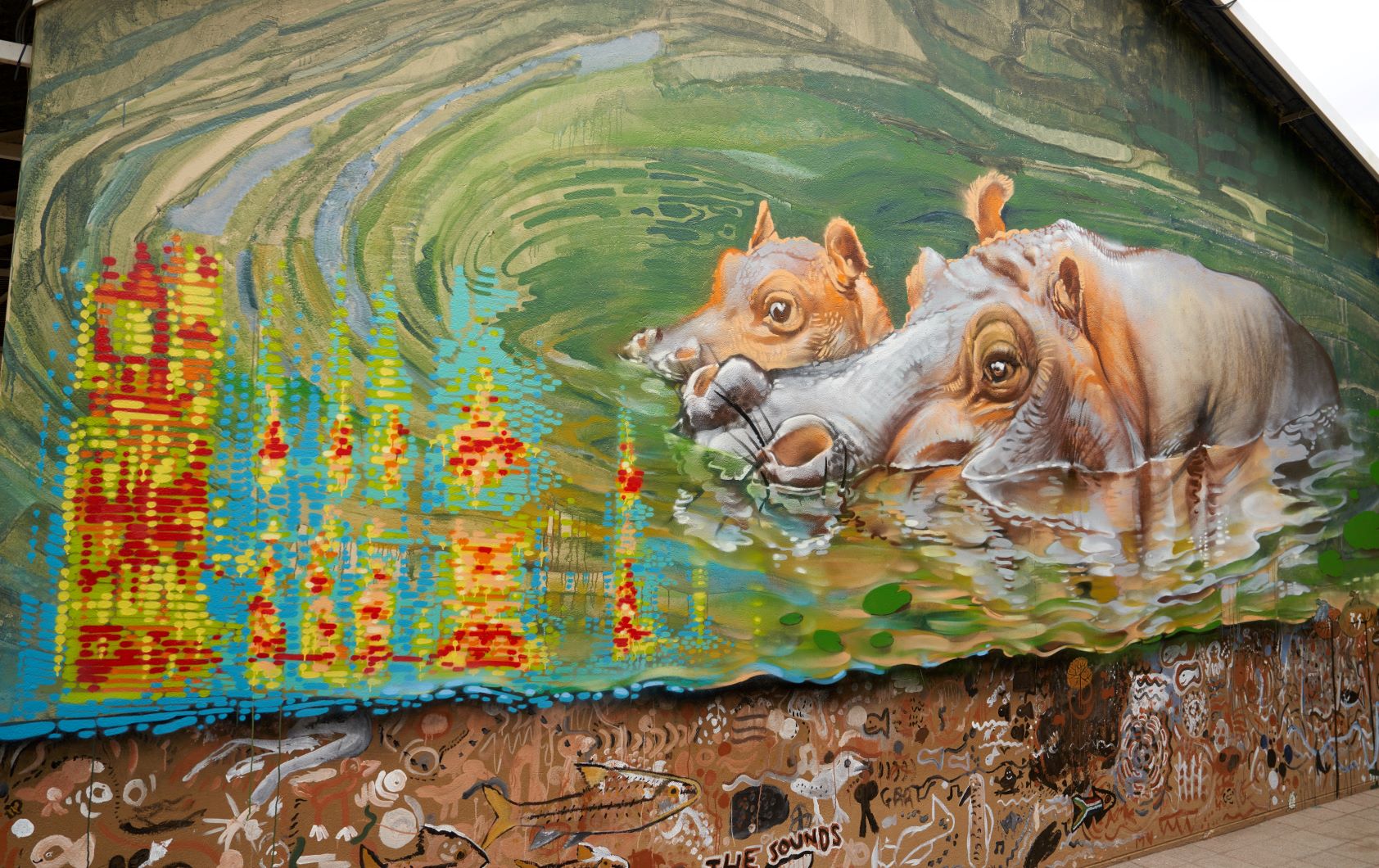In a world where scientific jargon can alienate the general public, combining science and art offers an alternative way to engage people, flare up curiosity, and promote understanding on complex matters.
By making them emotionally resonant, art creates powerful connections between people and the natural world. This is made clear by CareCreative (Claire Homewood), artist and passionate promoter of science-art collaborations in Muizenberg, South Africa.
This interdisciplinary approach helps in bringing to life data from climate change to biodiversity, by connecting them with human experience through visual storytelling.
How so? CareCreative shares with us two projects that can prove the effectiveness.
Youth Visions in a Changing Climate
One successful example of science-art collaboration can be found in the Youth Visions in a Changing Climate project.
Based in Cape Town, this initiative engages urban youth in environmental activism through art. The participants, who come from diverse backgrounds, use creative methods such as murals, art workshops, and community clean-ups to address the urgent issue of climate resilience.
The project leverages art as a medium to make scientific discussions about climate change more relatable to local communities. During mural workshops, young people can express their perspectives on climate issues and how they affect their neighbourhoods.
The project is a collaboration between researchers from the Centre for Sustainability Transitions (CST) at Stellenbosch University (Nadia Sitas, Odirilwe Selomane), the University of Cape Town and The Beach Coop (Ffion Atkins) and locally-based artists: CareCreative (Claire Homewood) and members of the HC360Crew with support from Amava Oluntu.
Listening for Life
Another compelling case of art-science collaboration is the Listening for Life project, which merges bioacoustics—a scientific study of the sounds made by animals—with the creative arts to promote environmental awareness.
In July 2024, the project took place in Kruger National Park, South Africa, where it brought together artists and scientists to engage children at Skukuza Primary School.
Through this initiative, students were invited to listen to recordings of wetland wildlife sounds, such as the grunts of hippos and the chirps of reed frogs, and then transform those sounds into visual art.
This process not only made science more understandable to the students but also gave them a direct connection to the natural world they were interpreting.

Led by the African Bioacoustics Community (ABC), CareCreative and members of the HC360Crew, Listening for Life uses both art and bioacoustic recordings to educate people about wildlife conservation and biodiversity.
By painting murals inspired by nature’s sounds, artists and students collaborated to create vivid representations of underwater ecosystems.
The project continues to explore the intersection between sound, science, and visual storytelling, with the aim to install more public participatory sound-listening art installations around Kruger National Park. These installations invite visitors and locals alike to experience the sounds of wildlife and gain a new appreciation for species that might otherwise be overlooked.
What makes these initiatives especially impactful is their ability to foster public participation. The work of projects like Listening for Life and Youth Visions doesn’t just educate—it invites people to feel and connect with the world in meaningful ways. These collaborations enable people to grasp the urgency of environmental issues, not as abstract crises but as something directly affecting their lives, local ecosystems, and the future of the planet.
Follow CareCreative: Instagram | Amava Oluntu | HC360 Crew Sustain the HC360 Patreon to guarantee the creation and the maintenance of their art: Patreon
Cover image credits: Laurence Kruger |Xam||Kwaggo: MAK1ONE, HC360Crew & Skukuza Junior School Learners

